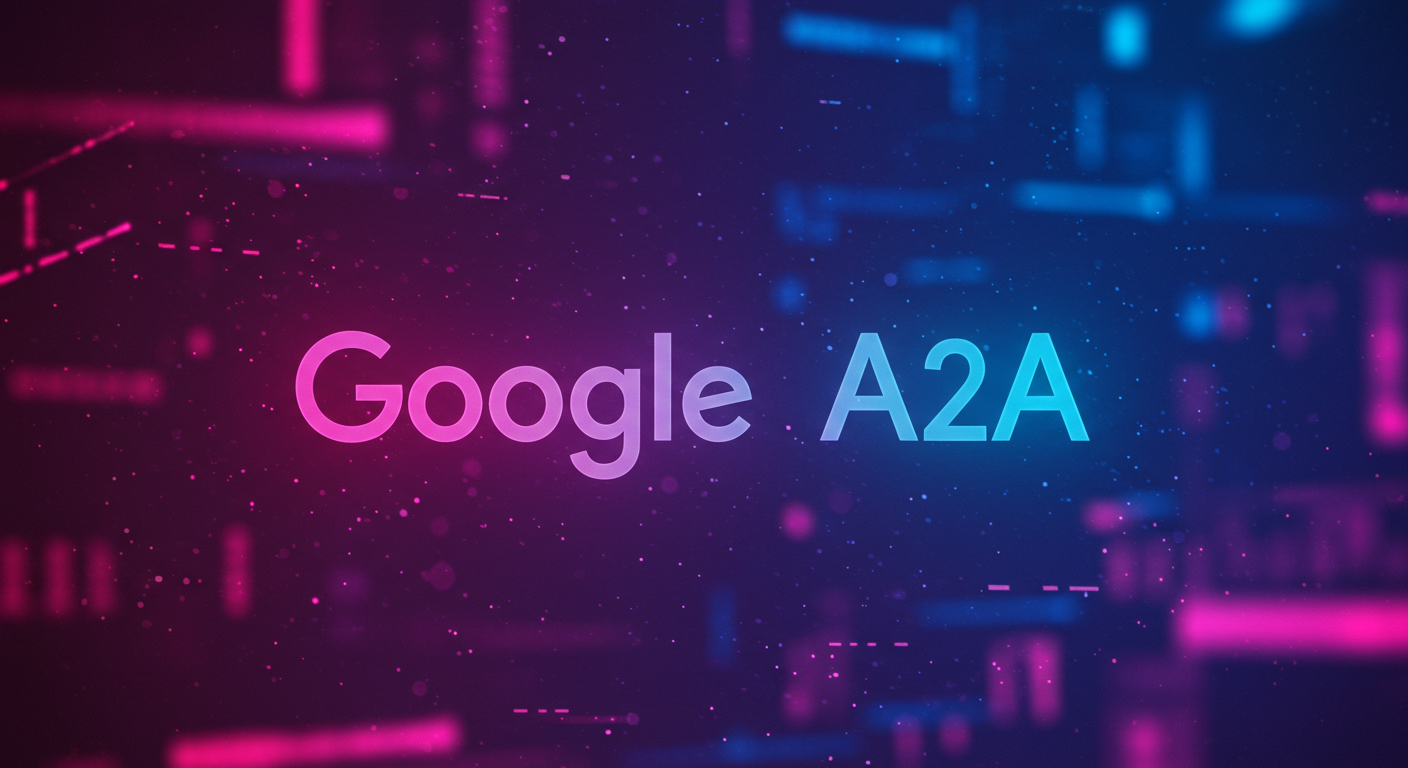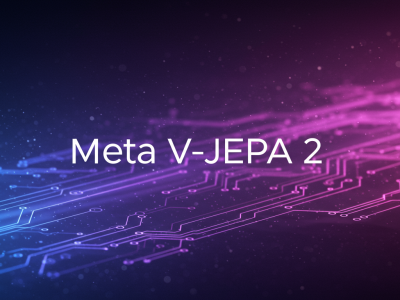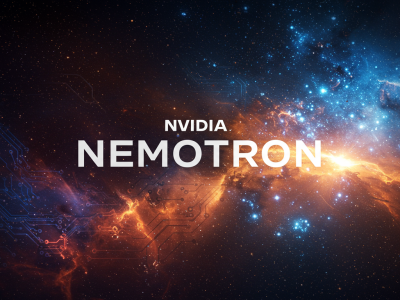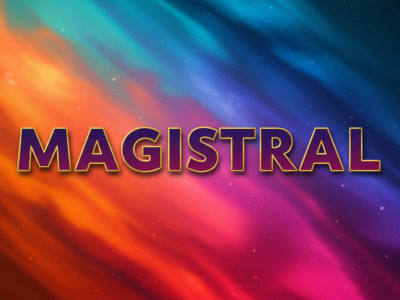Quick Take: Google Cloud, along with a massive coalition of over 50 partners including Salesforce, SAP, and Atlassian, just dropped the Agent2Agent (A2A) protocol. It’s a new, open standard designed to be the universal language for AI agents, allowing them to discover, communicate, and coordinate actions with each other, regardless of who built them or what platform they run on. This is the foundational play to break down enterprise silos and enable complex, multi-agent automation.
🚀 The Crunch

🎯 Why This Matters: Your AI agents are about to get a whole lot less lonely. The new Agent2Agent (A2A) protocol is a massive, industry-backed push to create a universal standard for how AI agents communicate. For devs, this means you can finally build specialized agents that collaborate to solve complex, real-world problems across different enterprise systems, without being locked into a single vendor’s ecosystem.
⚡ Developer Tip: The “Agent Card” concept is your entry point—define what your service can do in this format to make it discoverable in the future A2A ecosystem.
Critical Caveats & Considerations
- It’s a Draft Specification: This is not production-ready. The protocol will evolve based on community feedback before the official launch later this year.
- Complements, Not Replaces, MCP: A2A is for agent-to-agent communication. Anthropic’s MCP is for providing context *to* an agent. They solve different problems and can work together.
- Adoption is Key: A standard is only as powerful as its adoption. While the initial partner list is massive, its ultimate success depends on broad implementation.
- Protocol, Not a Product: A2A provides the “how” for communication, but you still need to build the actual agents and their underlying logic.
🔬 The Dive

How It Works: A Quick Primer
A2A facilitates communication between a “client” agent (the one that needs a task done) and a “remote” agent (the one that can do it). The process is straightforward:
- Discovery: Agents advertise their skills using a JSON-based “Agent Card.” A client agent can browse these cards to find the right remote agent for a job.Task Management: The client agent sends a “task” object to the remote agent. This task has a defined lifecycle, allowing for both quick, synchronous actions and long-running asynchronous jobs that could take hours or even days.Collaboration & Negotiation: The agents can exchange messages, context, and artifacts (like a generated report or image). Crucially, they can also negotiate the user experience, checking if the client’s UI can support things like iframes, video streams, or web forms before sending them.
Imagine a hiring manager tasking their primary agent to “find three senior Java developers in Austin.” That agent could use A2A to discover and task a specialized HR agent to source candidates from a database, which in turn could task another agent to schedule interviews, all communicating via this common protocol.
TLDR: Google and 50+ industry giants just dropped A2A, an open protocol to let all AI agents speak the same language. It’s the Rosetta Stone for agentic AI, designed to break down silos and enable complex, cross-platform automation. The spec is out now; get ready to build agents that can actually work together.




